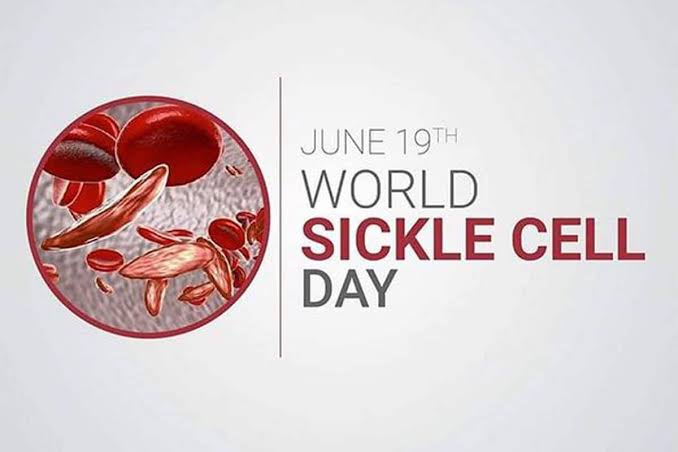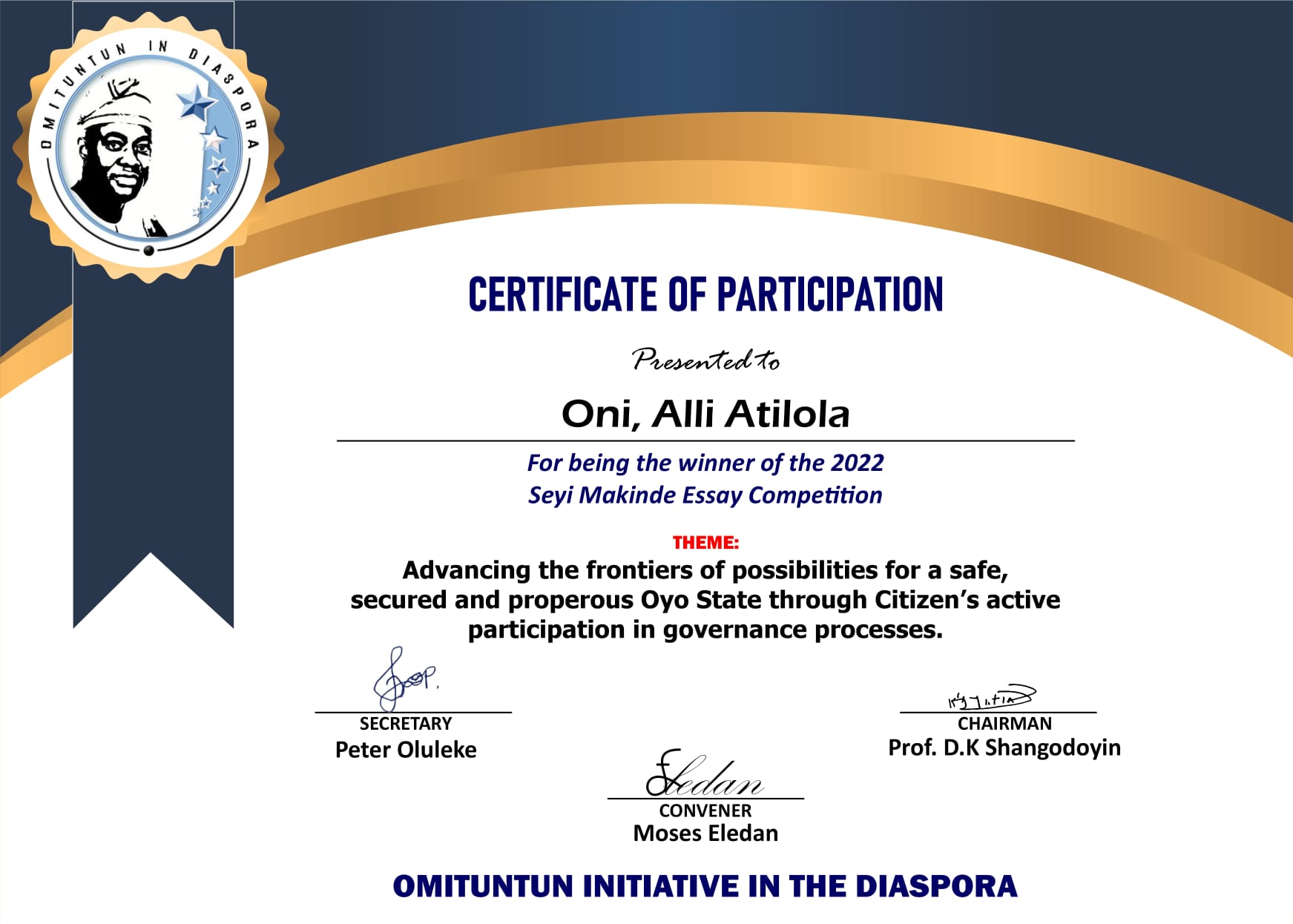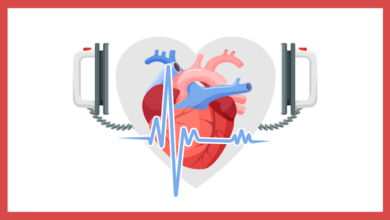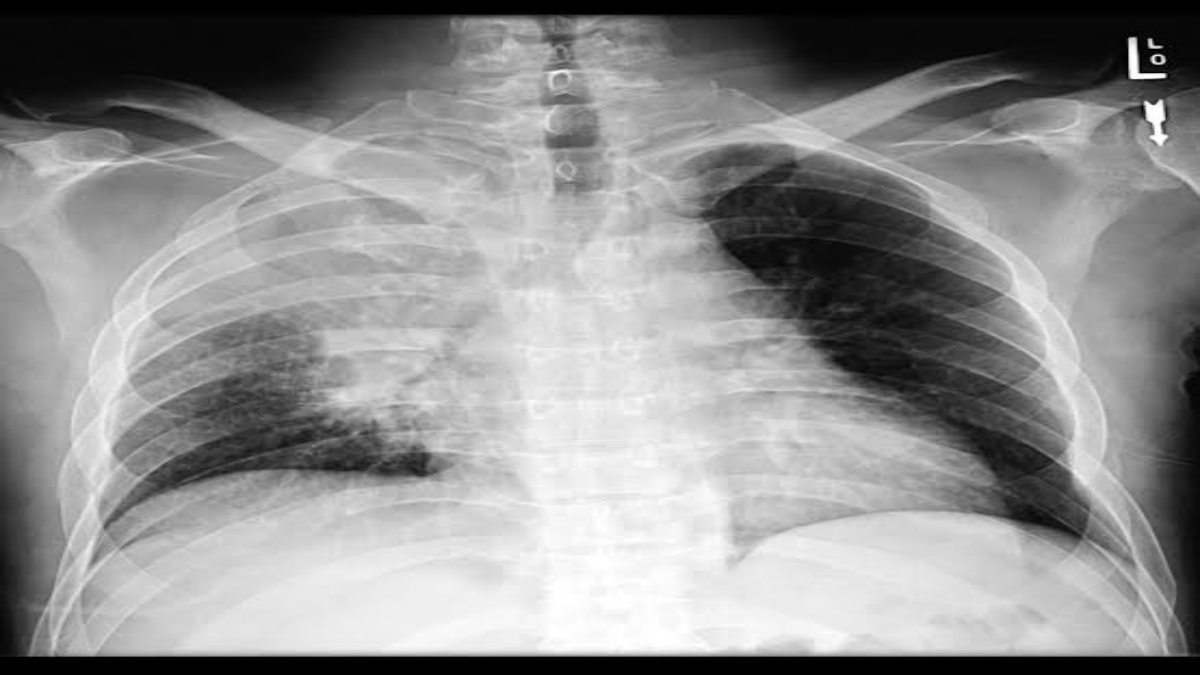World Sickle Cell Day: Shedding Light on a Global Health Crisis

🩸The 19th of June, an annual universal day of unity
World Sickle Cell Day, a yearly global cry and plea
Raising awareness to educate, we all must share
About SCD, a crisis of which we all must care
Affecting millions of people, young and old, a glum genetic fate
Causing pain, anemia, and a damaged organ state
Stigma, unrest, limited access, and inadequate care
But hope arises, with different progress to share
Of faith, progress, and a future so bright
Where SCD is manageable, treatable, and the world is filled with delight
I say we unite, on this day and every day
To shine a light on SCD, and drive the crooked darkness away🩸
Ololade Ojeniyi
Every year on June 19, World Sickle Cell Day unites countries worldwide to raise awareness about sickle cell disease (SCD), a devastating global health crisis affecting millions. The United Nations General Assembly officially recognized this international awareness day to educate the public about SCD, its challenges, and its impact on patients, families, and caregivers. This day unites individuals, organizations, and governments in the fight against SCD, promoting understanding, support, and advocacy for those impacted.
The Global Alliance of Sickle Cell Disease Organizations (GASCDO) has announced the 2024 theme: “Hope Through Progress: Advancing Sickle Cell Care Globally”. Ivy Welch, MPA, manager of the Sickle Cell Disease Coalition (SCDC), emphasized that the 2024 theme celebrates the remarkable strides made in SCD research while also acknowledging the ongoing obstacles and inspiring hope for a brighter future.
Despite progress in research and treatment, SCD remains a global health crisis. Patients face numerous challenges, including stigma, limited access to healthcare, and inadequate treatment options. However, there is hope. Recent advancements in gene therapy offer promising solutions, and increased awareness sparks action towards better care and support. December 2023 marked a significant milestone in the fight against SCD as the Food and Drug Administration (FDA) granted approval for two groundbreaking gene therapies. These therapies, exagamglogene autotemcel (Casgevy, Vertex) and lovotibeglogene autotemcel (Lyfgenia, Bluebird Bio), are designed to treat SCD in patients 12 years and older in the United States, offering new hope for thousands of individuals living with this devastating condition. However, high costs pose a challenge, highlighting the need for continued progress.
The Centers for Disease Control and Prevention (CDC) reveals striking statistics about SCD’s impact:
- 1 in 365 African-American or Black births are affected by SCD
- 13 Black or African-American births will have the Sickle Cell Trait
- Globally, SCD affects approximately 300,000 newborns annually
- 5% of the world’s population carries a sickle cell-related genetic trait
- 75% of the world’s SCD cases are in Sub-Saharan Africa
- 50-90% of infants born with SCD in Sub-Saharan Africa will not survive beyond age 5
Raising awareness about SCD is crucial, but it is essential to start by educating ourselves about the disease. We need to grasp its complexities, symptoms, and implications to effectively spread awareness and make a meaningful impact.
What is Sickle Cell Disease?
In an interesting example of natural selection, the sickle cell gene emerged thousands of years ago as a genetic adaptation to safeguard populations in tropical regions against the devastating effects of malaria. While inheriting this genetic trait from one parent provided a measure of protection against malaria, inheriting the trait from both parents poses a significant risk of developing sickle cell disease, highlighting the complex trade-offs in the evolutionary process.
Sickle cell disease (SCD) is an inherited blood disorder causing red blood cells to contort into a sickle or crescent shape, leading to shortage of healthy red blood cells (sickle cell anaemia), blockage of blood flow causing pain (sickle cell crisis), and potential organ damage. SCD is a significant public health concern, requiring urgent attention and action.
The sickle shape of the red blood cells is because they contain an abnormal form of hemoglobin. Hemoglobin is the substance in red blood cells (RBCs) that carries oxygen. The sickle shape causes the red blood cells to break apart easily, clump together, stick to the walls of blood vessels and makes RBCs unable to fit through small blood vessels to deliver oxygen. This leads to a range of serious health presentations.

There are different types of SCD: HbSS or Sickle Cell Anaemia, HbSC, HbS beta thalassemia, HbSD, HbSE, and HbSO, HbAS or Sickle Cell Trait (SCT). Sickle Cell Trait means having one copy of the sickle cell gene. This does not cause the disease but can be passed to offspring.
Key Facts About SCD
- Affects millions worldwide
- Most common among people with African or Black American ancestry
- Is hereditary and not contagious
- Is different from iron deficiency anemia
- Can be diagnosed with a blood test
- Treatment aims to relieve symptoms, with stem cell therapy offering a potential cure
- Can be prevented by premarital screening
Signs and Symptoms of SCD
SCD can manifest in a range of symptoms, from mild to severe, which may require regular hospital visits. Be aware of the following signs and symptoms:
- Anemia (pale skin)
- Dark urine
- Yellowish eyes
- Painful swelling in hands and feet
- Recurring episodes of pain
- Stunted growth
- Stroke
If you or a loved one experiences any of these symptoms, do not hesitate to consult your primary physician as soon as possible.
Treatment of SCD
Living with Sickle Cell Disease does not have to mean living with debilitating symptoms. Various disease-mitigating therapies can help reduce the clinical impacts of SCD and improve quality of life. These therapies include:
- Approved immunizations
- Preventative medicine for infections and other diseases specifically developed for SCD. These could be medications such as penicillin, crizanlizumab, folic acid, hydroxyurea, L-Glutamine, Voxelotor etc
- Red blood cell transfusions
- Bed nets and prophylaxis for malaria prevention
These therapies can help manage symptoms, prevent complications, and improve overall health.

World Sickle Cell Day serves as a platform to educate the public about SCD’s impact, encourage screening and testing, support patients and families, advocate for improved healthcare and research.
Join the Movement today and let’s unite to make a difference by:
- Sharing information and personal stories
- Wearing red to show solidarity
- Participating in local events and campaigns
- Supporting organizations dedicated to SCD awareness and research
Together, we can combat SCD’s devastating effects and create a brighter future for those affected. Let us shine a light on this critical global health issue and work towards a world where SCD is manageable, treatable, and eventually curable.
🩸Join the fight and let’s stand for what’s right!On sickle cell we shine the light!🩸
Ololade Ojeniyi
References
Sickle Cell Disease Coalition (SCDC). About Sickle Cell Disease. scdcoalition.org
AABB (Association for the Advancement of Blood & Biotherapies) News. World Sickle Cell Awareness Day: Transforming Sickle Cell Care in the U.S and Beyond.aabb.org



